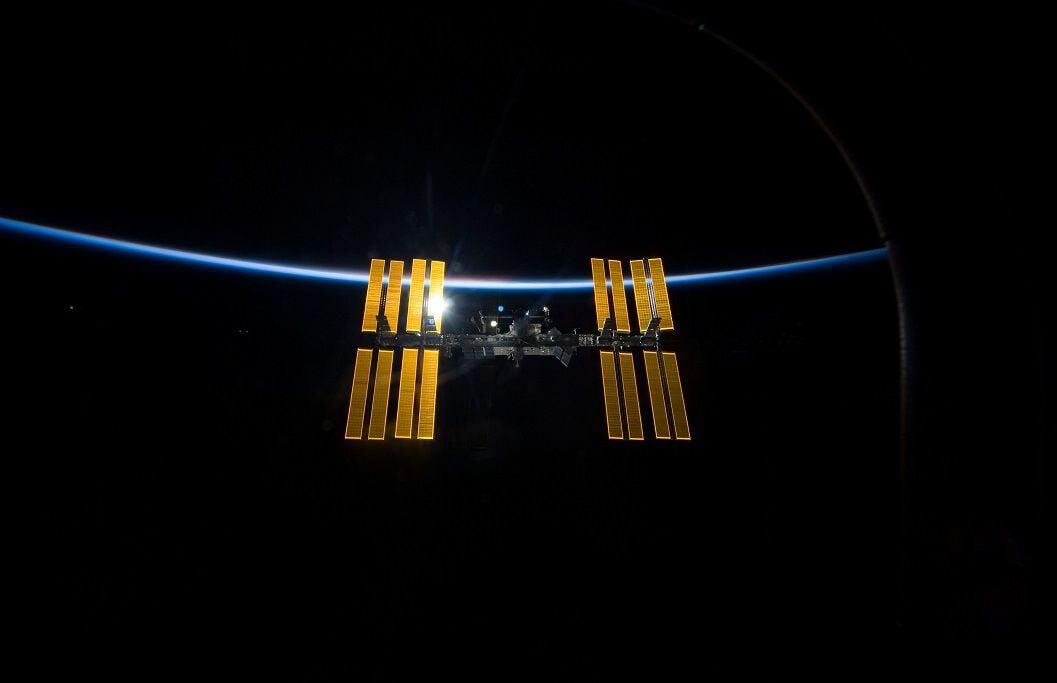

- #International space station live feed how to
- #International space station live feed install
- #International space station live feed full
- #International space station live feed license
In my case, however, I've found that the playback window did not cover the entire screen. If you try the above command you may find that everything works great, so you are good to go. Finally, the -fifo argument selects the use of a named pipe as a mechanism for livestreamer to communicate with omxplayer.

Livestreamer by default will try to launch the stream on VLC, so we use -player to tell it to use omxplayer instead. This is followed by "mobile_480p" which tells livestreamer to select one of the available resolutions for the given channel (the list of choices are printed to the console). The first argument is the URL for the streaming channel.
#International space station live feed full
The command that combines livestream and omxplayer and starts the ISS stream in full screen mode is as follows: $ livestreamer mobile_480p -player omxplayer -fifo
#International space station live feed install
To install livestreamer you have to run the following commands: $ sudo apt-get install python-pipįor those of you that know their way around Python, you should know that livestreamer is written in that language, and that it can be installed in a virtual environment if you prefer to keep it separate from your system Python interpreter. This tool does all the processing and converts the stream to a standard video file that can be sent to a player like omxplayer. The livestreamer utility helps simplify the process of downloading video from UStream and other video stream providers. If not, you can always install it: $ sudo apt-get install omxplayerīut how do we connect the HLS stream from UStream to omxplayer? Recent releases of Raspbian include omxplayer, so chances are you already have it installed. To use omxplayer you do not even need to be running the graphical environment, the video plays as an overlay, even on top of the console. I have found that omxplayer is a pretty good command line player, specifically created for the Pi and with support for hardware decoding. So in my view, using a web browser for this project is not an option. Unfortunately playing this type of stream in a browser on the Raspberry Pi is kind of complicated, as you need a modern browser that can run their Flash/HTML5 video player, and on top of that you need the player to be specifically designed to use the hardware accelerated decoder in the Pi.
#International space station live feed how to
But UStream does not openly advertise how to access these playlists, instead they expect clients to embed a UStream web based video player applet based on Flash or HTML5, where all the HLS processing is done. The stream is delivered in short segments, presented to the player in a constantly changing playlist, using a format called HLS. The ISS live stream is provided by UStream.
#International space station live feed license
As a side note, an MPEG-2 decoder is also available, but a license needs to be purchased from the Raspberry Pi Foundation to use it. This is the format most web based video streams use, including the ISS stream. The Pi's GPU comes with a H.264 video decoder from the factory. The Raspberry Pi is well equipped for the task of playing video streams because it can decode the video in the GPU, so the amount of work done in the CPU is minimal.

Playing Video Streams on the Raspberry Pi In this short article I'm going to show you how to play the ISS live stream on your Raspberry Pi. Something I can keep an eye on while I work, so that I can catch the most interesting views without having to have it constantly taking space on my main computer's screens. I thought it would be a cool idea to have this stream running constantly on a screen by my desk. You can always check to find out over which region the ISS is over and if it is day or night there. Keep in mind that you have a 50% chance of catching the dark part of the planet, so if all you find is an all black image then try again a little later. If you haven't seen this stream yet, then stop reading and go watch it now. A few weeks ago NASA started streaming live video of Earth from cameras installed aboard the International Space Station (ISS), and some of the views are nothing short of breathtaking.


 0 kommentar(er)
0 kommentar(er)
